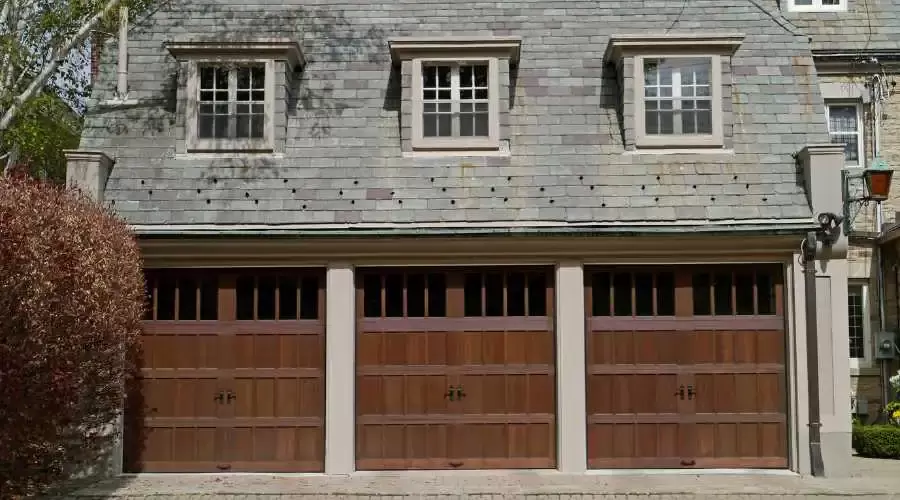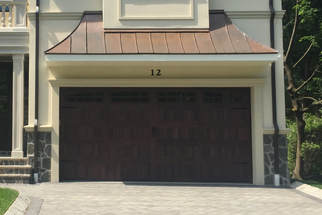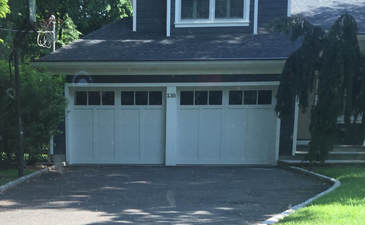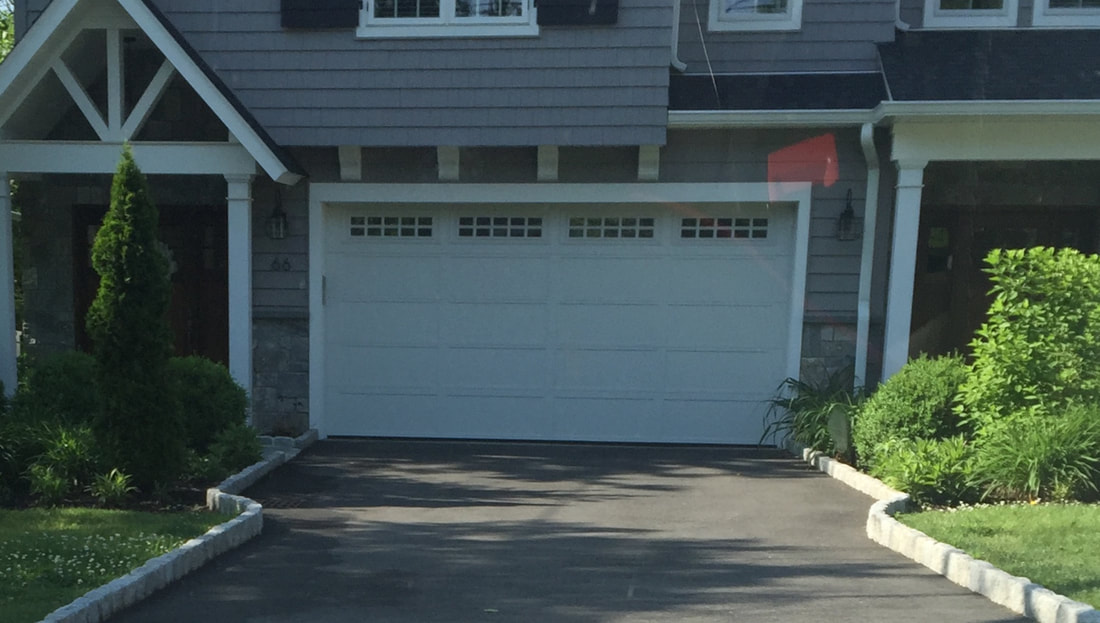|
Your garage door is more than just an entrance to your sanctuary of belongings; it's a guardian of your home's security. Preserving this essential part of your property is an investment that pays off in the long run. Regular maintenance is the key to ensuring that your garage door stands strong over time, saving you from costly repairs down the road. In this article, we'll walk you through straightforward garage door maintenance steps to keep your overhead doors operating smoothly for years. 1. Observe Your Door
Start your garage door maintenance journey with a keen eye. Operate the door both manually and automatically, and pay close attention to how it moves. Does it glide smoothly with minimal noise, or do you hear unusual banging sounds or jerks in its movement? This initial inspection helps you spot potential problems. 2. Keep the Tracks Clear Clearing the tracks is a simple but crucial part of garage door upkeep. Over time, dirt and debris can build up, leading to blockages and door malfunctions. Gently remove debris and then use a damp cloth to wipe away dirt and grime. While cleaning tracks is a task you can handle, leave significant track adjustments or repairs to professionals for safety reasons. 3. Tighten Hardware Your garage door gets quite the workout, opening and closing multiple times daily. This constant motion can cause nuts and bolts to gradually loosen due to vibrations. To prevent this, you can easily tighten nuts, bolts, and roller brackets yourself using common tools like a socket wrench and screwdriver. However, be cautious not to overtighten, as it can damage components. Avoid tightening red-painted hardware or hardware on the bottom roller fixture. These should be left to professionals to ensure your door's safety. 4. Check Cables Visually inspect the cables for wear, such as frays or tears. Damaged cables can stress door components and pose safety risks. Don't attempt to adjust or repair cables yourself, as they are under high tension and require proper training. If you notice damaged cables, contact a technician for repairs. In the meantime, park your car outside and use alternative entrances for safety. 5. Inspect Rollers Garage door rollers play a crucial role in ensuring smooth door movement along the tracks. Damaged rollers can disrupt the door's operation. Regularly check for cracks, chips, or wear. You can replace damaged rollers yourself if they aren't directly connected to the cables or cable systems. Don't forget to clean them along with the tracks to maintain optimal operation. 6. Lubricate Hardware Moving parts of your garage door need regular lubrication to minimize friction and wear. This simple maintenance task can significantly extend your door's life and address issues like slow or noisy operation. Use a garage-door-specific lubricant on springs, hinges, rollers, tracks, and the opener's chain. Proper lubrication ensures all components move smoothly and efficiently. Remember, nylon rollers typically don't require lubrication. If your garage door has steel or other material rollers, lubrication is needed about twice a year or more often for heavily used doors. 7. Test Balance An imbalanced garage door adds stress to its components, leading to faster wear and potential damage. To assess your door's balance:
If the door remains in the half-open position, it's balanced correctly. If it moves, it may indicate cable or spring issues, both of which are under high tension. Seek professional assistance for rebalancing. 8. Replace Weatherstripping Weatherstripping, the rubber seal at the bottom of your overhead door, is vital for protecting your garage from rain and external elements. Replace weatherstripping that has become cracked or brittle to prevent water damage and maintain consistent indoor temperatures. Weather seals also help reduce energy costs by preventing air exchange between your garage and the outdoors. Check weatherstripping during seasonal changes for optimal energy efficiency. 9. Test Safety Features During maintenance, verify the functionality of safety features like the photoelectric sensor and mechanical auto-reverse mechanism. These features prevent the garage door from closing on objects, enhancing safety. To test the photoelectric sensor, wave a broom beneath the door while it's closing. For the mechanical auto-reverse test, place a wood plank or brick under the door, initiate closing, and see if it reverses upon contact. If these safety features fail, seek professional inspection and repairs. 10. Keep the Door Clean Regular cleaning is often overlooked but essential. Garage doors are exposed to dirt, grime, debris, and harsh weather. Steel doors may develop rust spots that require sanding and repainting. Wooden doors can warp when exposed to water damage. Inspect your garage door for signs of wear and tear and wash it to remove accumulated dirt. A mild soap and a wet cloth are all you need to eliminate grime and debris from both sides. The Importance of Garage Door Maintenance Maintaining your garage door isn't just about appearances; it's an investment in your home's longevity and reliability. By following these maintenance tips, you ensure your garage door operates smoothly and potentially save yourself from costly repairs. Regular upkeep offers benefits in safety, energy efficiency, and convenience. However, if you encounter complex issues during maintenance, don't hesitate to seek professional help. Trusted experts, such as those from Fort Lee Garage Doors, possess the knowledge and tools to handle intricate repairs, ensuring your garage door continues to function safely and reliably. Garage door maintenance isn't a chore; it's a way to protect your investments, improve energy efficiency, and ensure your loved ones' safety. Embrace this practice, and your home will thank you.
0 Comments
Leave a Reply. |
|
Fort Lee Garage Doors
http://www.fortleegaragedoors.com |
copyright 2013 fort lee garage door service
|


 RSS Feed
RSS Feed


